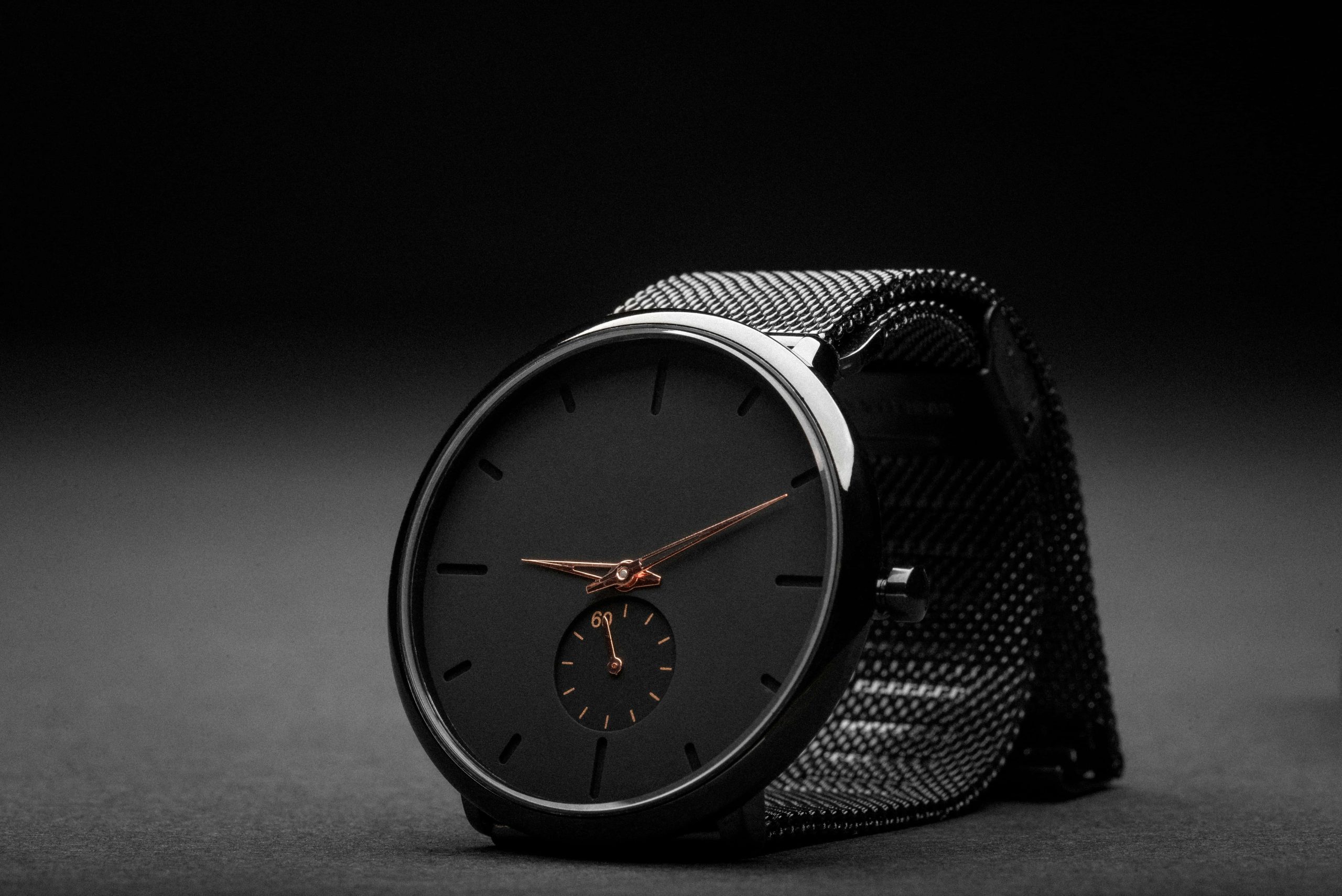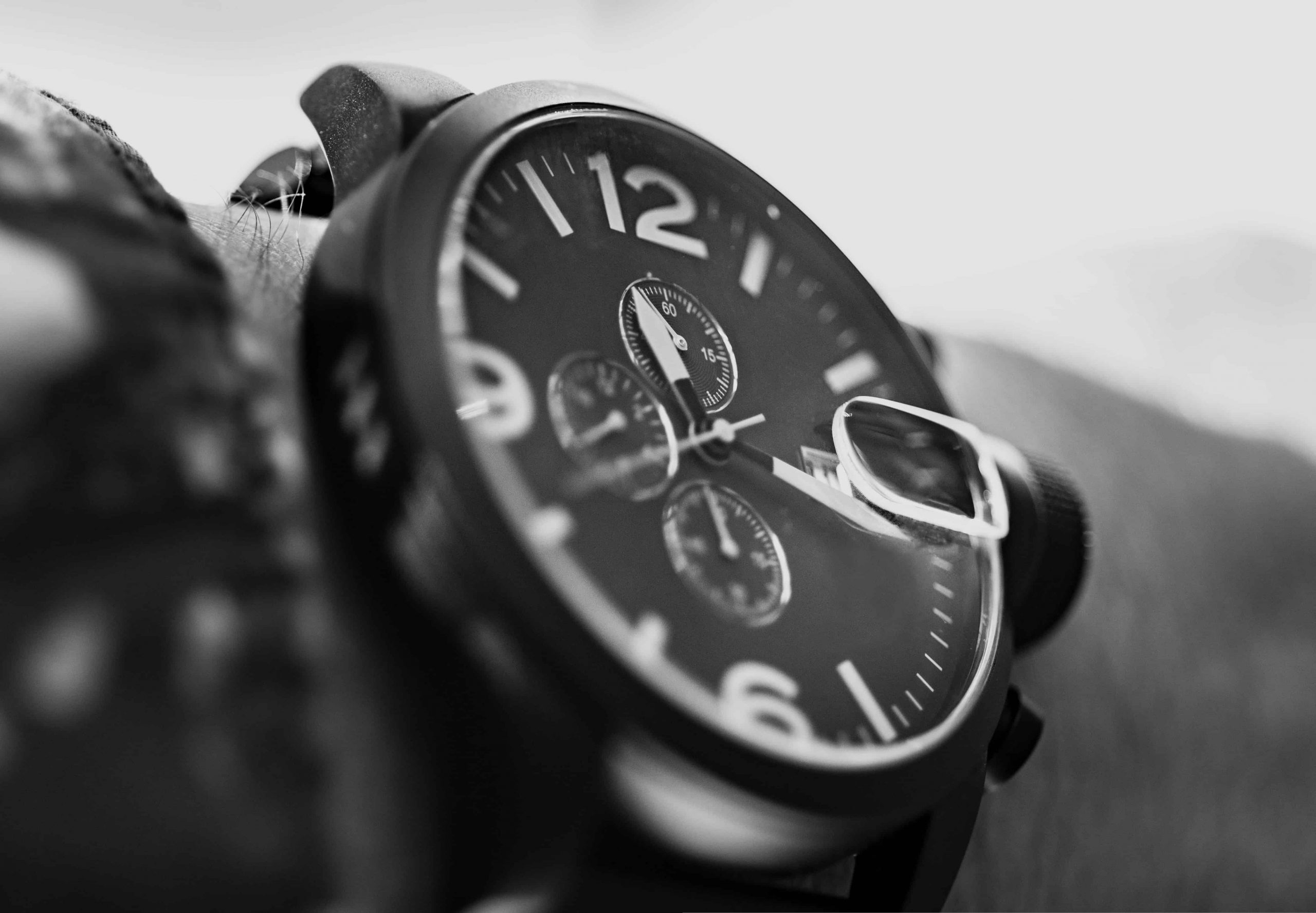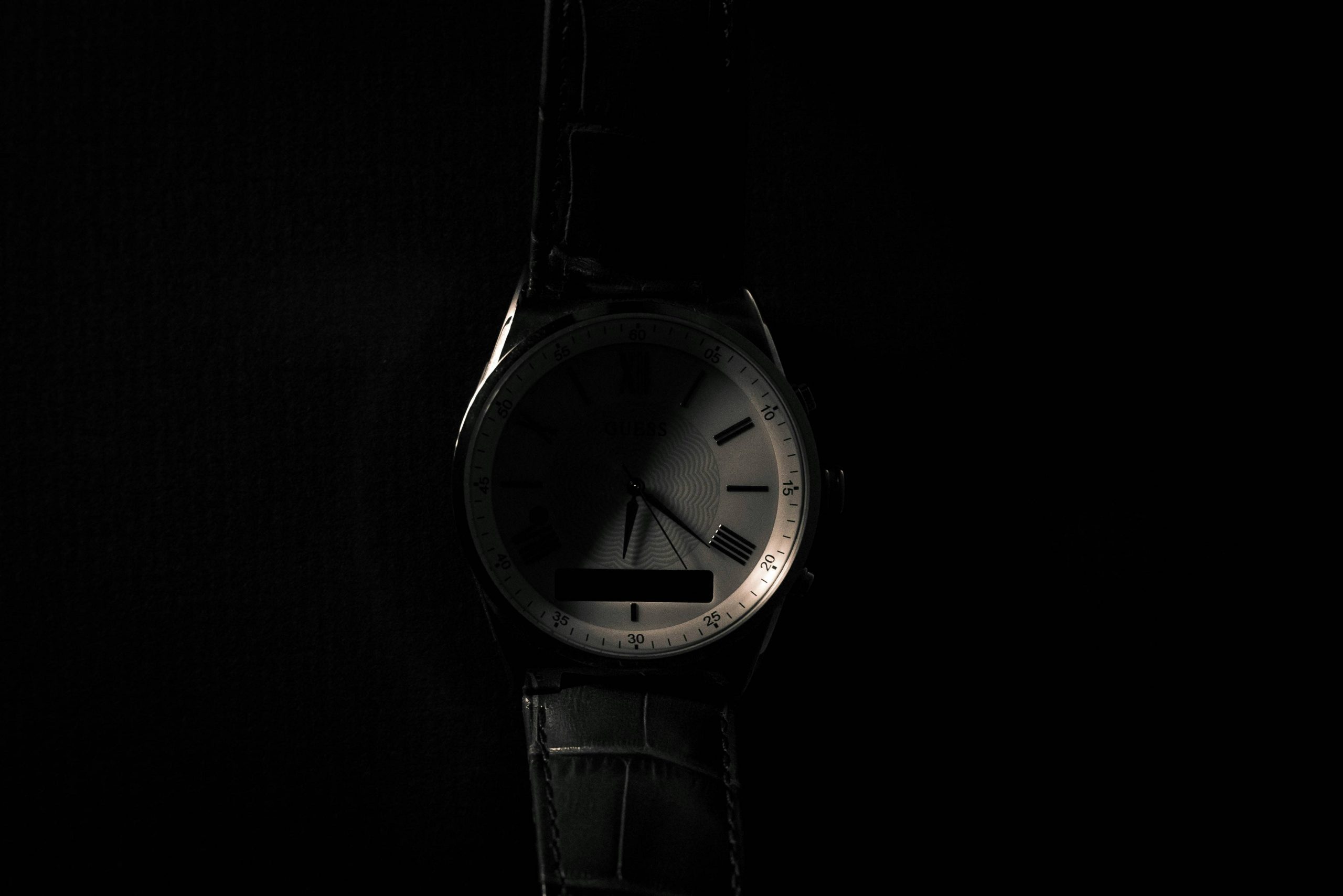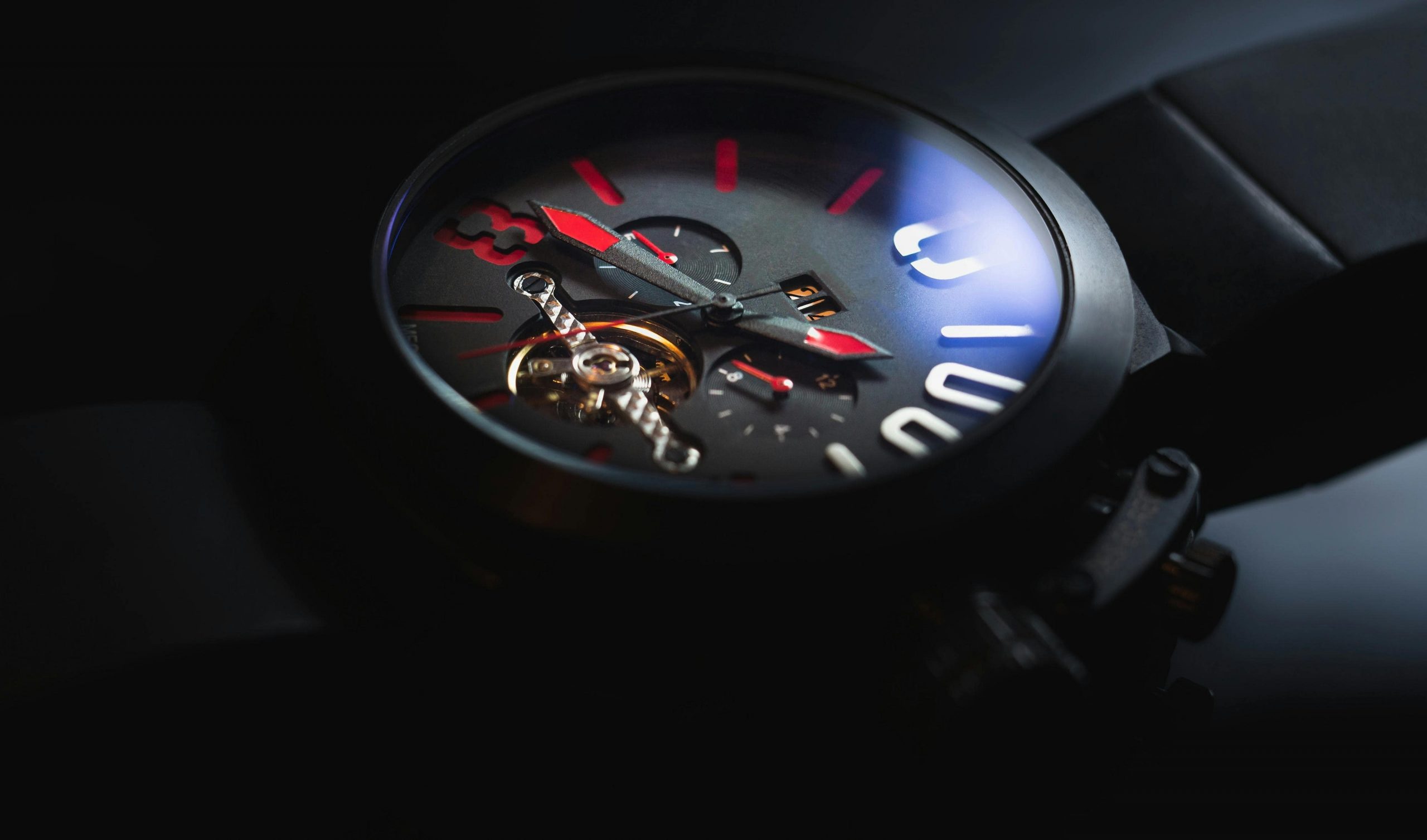
Mastering Automatic Watches: Precision and Artistry
Introduction
A self-winding watch, often revered as a timeless piece of precision, stands apart from its quartz counterparts due to its intricate mechanics and the craftsmanship involved in its creation. In this article, we delve into the world of automatic watches, exploring the meticulous attention to detail that sets them apart.

© Skitterphoto / Pixabay
The Heart of the Automatic Watches: The Movement
The intricate mechanics
At the core of every automatic watch lies a complex dance of components that brings the timepiece to life. The mainspring, gears, escapement, and balance wheel work in harmony to ensure accurate timekeeping. This intricate mechanism showcases the engineering prowess embedded in every automatic watch.
Precision engineering
The devil is in the details, and in the world of automatic watches, tolerances and hand-finishing play a pivotal role. Craftsmen meticulously fine-tune each component, ensuring that the movement operates with precision. This dedication to detail not only enhances accuracy but also contributes to the longevity of the timepiece.

© RAEDIC / Unsplash
Beyond Mechanics: The Art of Watchmaking
Decorative elements
A self-winding watch goes beyond functionality, embracing the realm of artistry. Engraving, guilloché, and enameling are just a few examples of the decorative techniques employed in watchmaking. These elements not only elevate the aesthetic appeal of the watch but also serve as a testament to the craftsmanship involved.
Material selection
Craftsmanship extends to material selection, with automatic watches often featuring high-quality materials. Sapphire crystal ensures durability and scratch resistance, while the use of precious metals adds a touch of luxury. The combination of these materials not only enhances the watch’s aesthetics but also contributes to its overall resilience.

© Simon Reza / Unsplash
The Human Touch: The Watchmaker’s Skill
Years of training and expertise
Behind every automatic watch is a skilled watchmaker who has undergone years of training. The expertise required to understand the intricacies of the movement, coupled with an eye for detail, sets these artisans apart. This level of skill ensures that each automatic watch meets the highest standards of craftsmanship.
The art of assembly
Assembling an automatic watch is a meticulous process that demands precision. From aligning gears to regulating the movement, watchmakers carefully assemble each timepiece by hand. This hands-on approach not only adds a personal touch to each watch but also ensures that it meets the stringent quality standards set by the watchmaking industry.
Conclusion
In conclusion, the craftsmanship embedded in automatic watches goes beyond mere functionality. It is a testament to the dedication of skilled artisans, precision engineering, and the fusion of art and mechanics. The value of craftsmanship extends to the longevity, heritage, and beauty of the mechanism, making them not just timekeepers but enduring works of art.
Key Takeaways
- Precision Engineering is Paramount:
- Craftsmen meticulously fine-tune each component, ensuring precision in the movement.
- Tolerance and hand-finishing contribute to both the accuracy and longevity of the mechanism.
- Artistry Beyond Mechanics:
- Automatic watches embrace artistry with decorative elements like engraving, guilloché, and enameling.
- Material selection, including sapphire crystal and precious metals, enhances both aesthetics and resilience.
- Watchmaker’s Expertise:
- Skilled watchmakers undergo years of training and possess a keen eye for detail.
- The meticulous hands-on assembly process ensures each automatic watch meets the highest standards of craftsmanship.
- Craftsmanship Defines Value:
- Craftsmanship in automatic watches goes beyond functionality, emphasizing dedication and precision.
- The resulting longevity, heritage, and beauty make automatic watches enduring works of art.
FAQs (Frequently Asked Questions)
How do automatic watches differ from quartz watches?
Automatic watches rely on intricate mechanics and craftsmanship, powered by the wearer’s motion, while quartz watches use electronic oscillators powered by a battery.
What components are crucial to the intricate mechanics of automatic watches?
The mainspring, gears, escapement, and balance wheel work in harmony to ensure accurate timekeeping, showcasing the engineering prowess of each automatic watch.
Why is precision engineering essential in automatic watches?
Tolerance and hand-finishing play a pivotal role, ensuring not only accuracy but also contributing to the longevity of the timepiece.
What decorative elements make automatic watches unique?
Automatic watches embrace artistry through decorative techniques like engraving, guilloché, and enameling, elevating their aesthetic appeal and serving as a testament to craftsmanship.
Why are skilled watchmakers crucial in the creation of automatic watches?
Skilled watchmakers, with years of training and expertise, ensure that each automatic watch meets the highest standards of craftsmanship through meticulous hands-on assembly and regulation.
From heritage brands to contemporary favorites, delve into the world of classic watches and uncover what makes them truly timeless.




